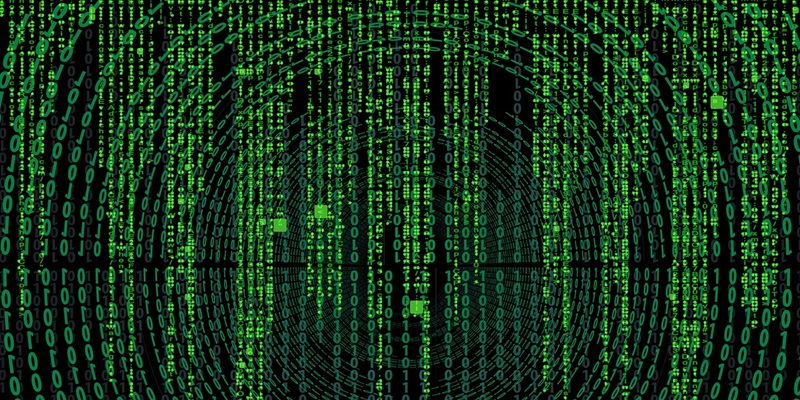In a world increasingly plagued by cybersecurity threats, a recent discovery has offered a significant beam of hope. Researchers from Kookmin University, in collaboration with the Korea Internet and Security Agency (KISA), have made a groundbreaking stride in the fight against the notorious Rhysida ransomware. For the first time since its appearance in May 2023, a critical loophole in the malware’s design has been exposed, enabling experts to unscramble the cryptographic keys that have kept victims’ data hostage. This revelation is not simply a one-off victory; it illustrates the potential for cybersecurity professionals to keep pace with, or even outsmart, malicious software developers.
Such an exploit in the maze of ransomware encryption is a testament to the advanced skills and perseverance of security researchers. The vulnerability was deeply ingrained in the ransomware’s encryption algorithm. By analyzing the implementation of the ChaCha20 algorithm, the researchers discerned a pattern in the random numbers generated during the malware’s execution. This careful scrutiny and successful reverse-engineering of the Rhysida ransomware have cultivated a method to reclaim files encrypted by the malicious software, potentially without the need to fulfill any ransom demands. This progress marks a notable triumph for the cybersecurity community.
The Ongoing Battle Against Ransomware
The ever-evolving threat of ransomware has taken a new turn with advanced evasion and extortion techniques, posing significant challenges to cybersecurity defenses. A notable case involves the Vice Society, wielding Rhysida ransomware to target key sectors such as education and government. Their encryption, which uses LibTomCrypt, has made their attacks particularly potent. However, a breakthrough by Kookmin University and KISA allows certain Rhysida-infected Windows systems to be decrypted, offering a glimmer of hope to affected organizations.
Despite this advance, the vulnerability has been previously exploited under the radar, as revealed by cybersecurity expert Fabian Wosar. This insight reveals an ongoing, quiet cybersecurity battle. While the decryption solution is currently specific to Windows, it emphasizes the constant need for vigilance and the creation of solid defenses across all platforms. The development and resilience of cybersecurity measures must match the adaptability of these cyber threats to ensure protection against such damaging attacks.
Empowering Cybersecurity Vigilance
The battle against cyber threats transcends traditional confines, affecting every digital participant. With the rapid mutation of ransomware, staying current on cybersecurity trends is critical. This isn’t just a task for experts; the fight involves every user, with resources like social media and cybersecurity hubs providing vital updates.
Combating cyber threats is a community effort—awareness and cybersecurity literacy are key. Training sessions and webinars are instrumental, arming people and organizations with the means to defend themselves in the digital battlefield. Though progress against cybercrime might seem gradual, it marks a path toward greater cyber resilience. Each step forward counters the digital perils that lurk in our interconnected existence, highlighting the importance of collective vigilance in securing our cyber frontiers.

